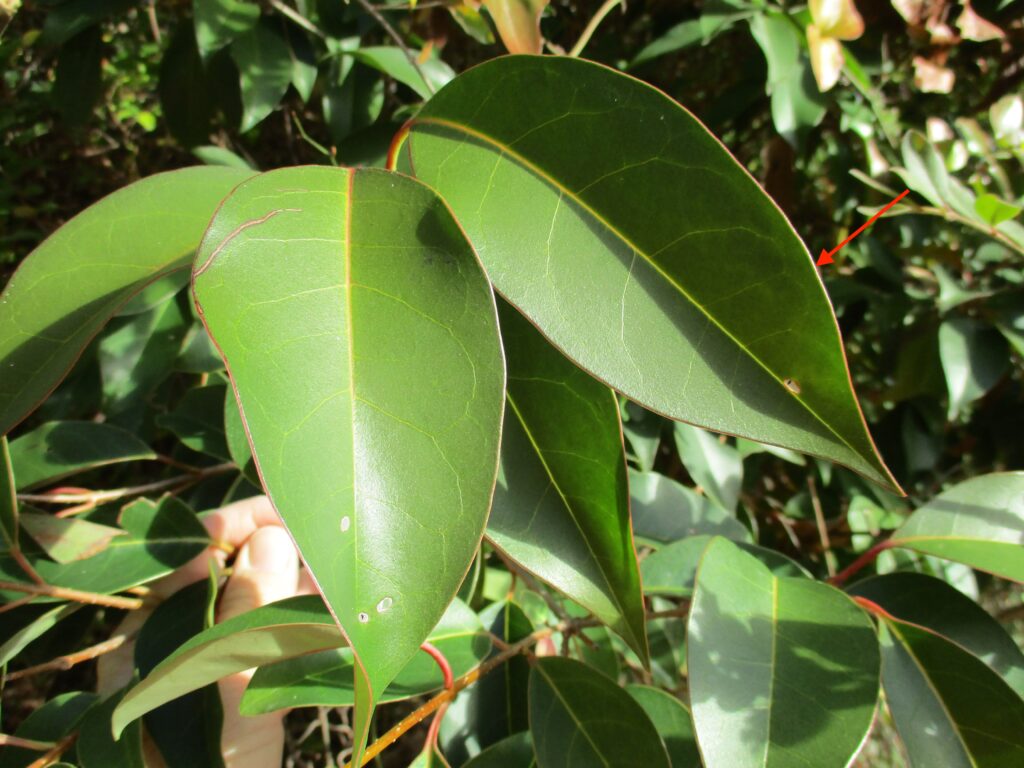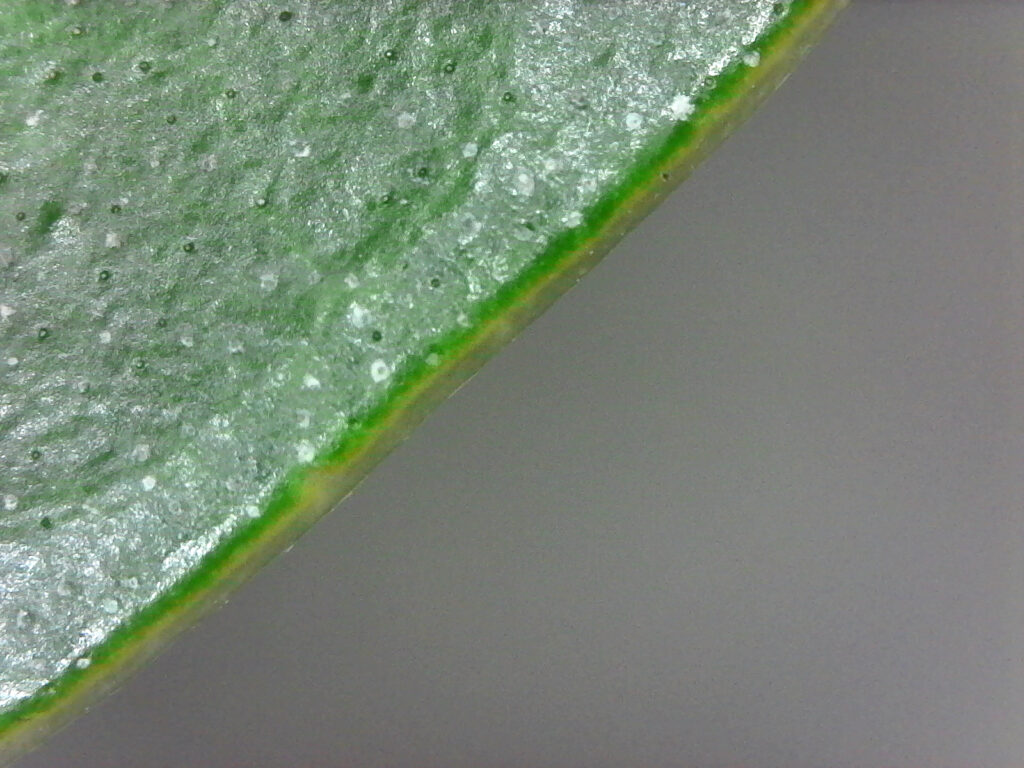Ligustrum Lucidum – Just Another Invasive Privet
go.ncsu.edu/readext?836392
en Español / em Português
El inglés es el idioma de control de esta página. En la medida en que haya algún conflicto entre la traducción al inglés y la traducción, el inglés prevalece.
Al hacer clic en el enlace de traducción se activa un servicio de traducción gratuito para convertir la página al español. Al igual que con cualquier traducción por Internet, la conversión no es sensible al contexto y puede que no traduzca el texto en su significado original. NC State Extension no garantiza la exactitud del texto traducido. Por favor, tenga en cuenta que algunas aplicaciones y/o servicios pueden no funcionar como se espera cuando se traducen.
Português
Inglês é o idioma de controle desta página. Na medida que haja algum conflito entre o texto original em Inglês e a tradução, o Inglês prevalece.
Ao clicar no link de tradução, um serviço gratuito de tradução será ativado para converter a página para o Português. Como em qualquer tradução pela internet, a conversão não é sensivel ao contexto e pode não ocorrer a tradução para o significado orginal. O serviço de Extensão da Carolina do Norte (NC State Extension) não garante a exatidão do texto traduzido. Por favor, observe que algumas funções ou serviços podem não funcionar como esperado após a tradução.
English
English is the controlling language of this page. To the extent there is any conflict between the English text and the translation, English controls.
Clicking on the translation link activates a free translation service to convert the page to Spanish. As with any Internet translation, the conversion is not context-sensitive and may not translate the text to its original meaning. NC State Extension does not guarantee the accuracy of the translated text. Please note that some applications and/or services may not function as expected when translated.
Collapse ▲Chinese privet (Ligustrum sinense) is the more well-known invasive privet, but we should not overlook the larger-growing glossy privet (Ligustrum lucidum) in our invasive plant management efforts. Removal is warranted whenever and wherever feasible. If removal is not in the forecast for a particular site, then clipping off and disposing of the fruit structures is a far better outcome than allowing the birds to feast on the fruits and spread the seeds. The images below will assist in identification of glossy privet.

Leaves are opposite or slightly sub-opposite along the stem. Petioles or leaf stalks (red arrow) are stout and at the base curve slightly forwards along the stem. The tan to light-brown branches feature numerous lenticels (blue arrow), which are easier to see than on many other tree and shrub species. Lenticels allow for gaseous exchange between inner tissues and the surrounding atmosphere.






